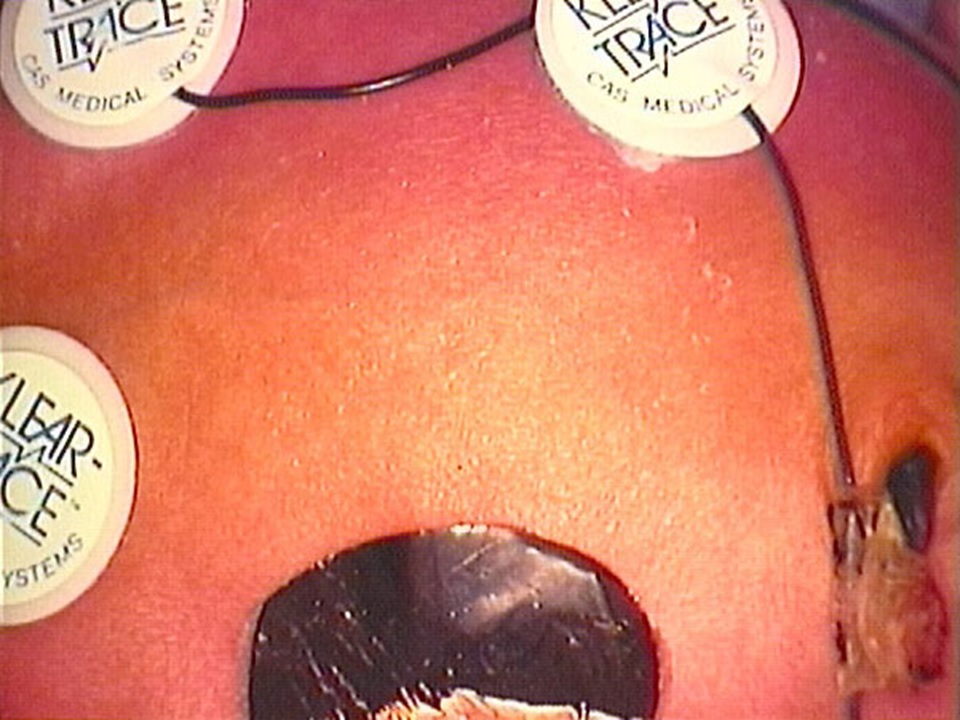Skin Assessment using the Ballard Score
Maturation of fetal skin involves the development of its intrinsic structures concurrent with the gradual loss of its protective coating, the vernix caseosa. Hence, it thickens, dries and becomes wrinkled and/or peels, and may develop a rash as fetal maturation progresses. These phenomena may occur at varying paces in individual fetuses depending in part upon the maternal condition and the intrauterine environment.
Before the development of the epidermis with its stratum corneum, the skin is transparent and adheres somewhat to the examiner's finger. Later it smoothes, thickens and produces a lubricant, the vernix, that dissipates toward the end of gestation.

Meconium and is affects on fetal skin maturation
At term and post-term, the fetus may expel meconium into the amniotic fluid. This may add an accelerating effect to the drying process, causing peeling, cracking, dehydration, and imparting a parchment, then leathery, appearance to the skin. For scoring purposes, the square which describes the infant's skin the most closely should be selected.

Skin Score
| SIGN | PHYSICAL MATURITY SCORE | SIGN SCORE | ||||||
| -1 | 0 | 1 | 2 | 3 | 4 | 5 | ||
| Skin | Sticky, friable, transparent | gelatinous, red, translucent | smooth pink, visible veins | superficial peeling &/or rash, few veins | cracking, pale areas, rare veins | parchment, deep cracking, no vessels | leathery, cracked, wrinkled | |

Page 1 of 1